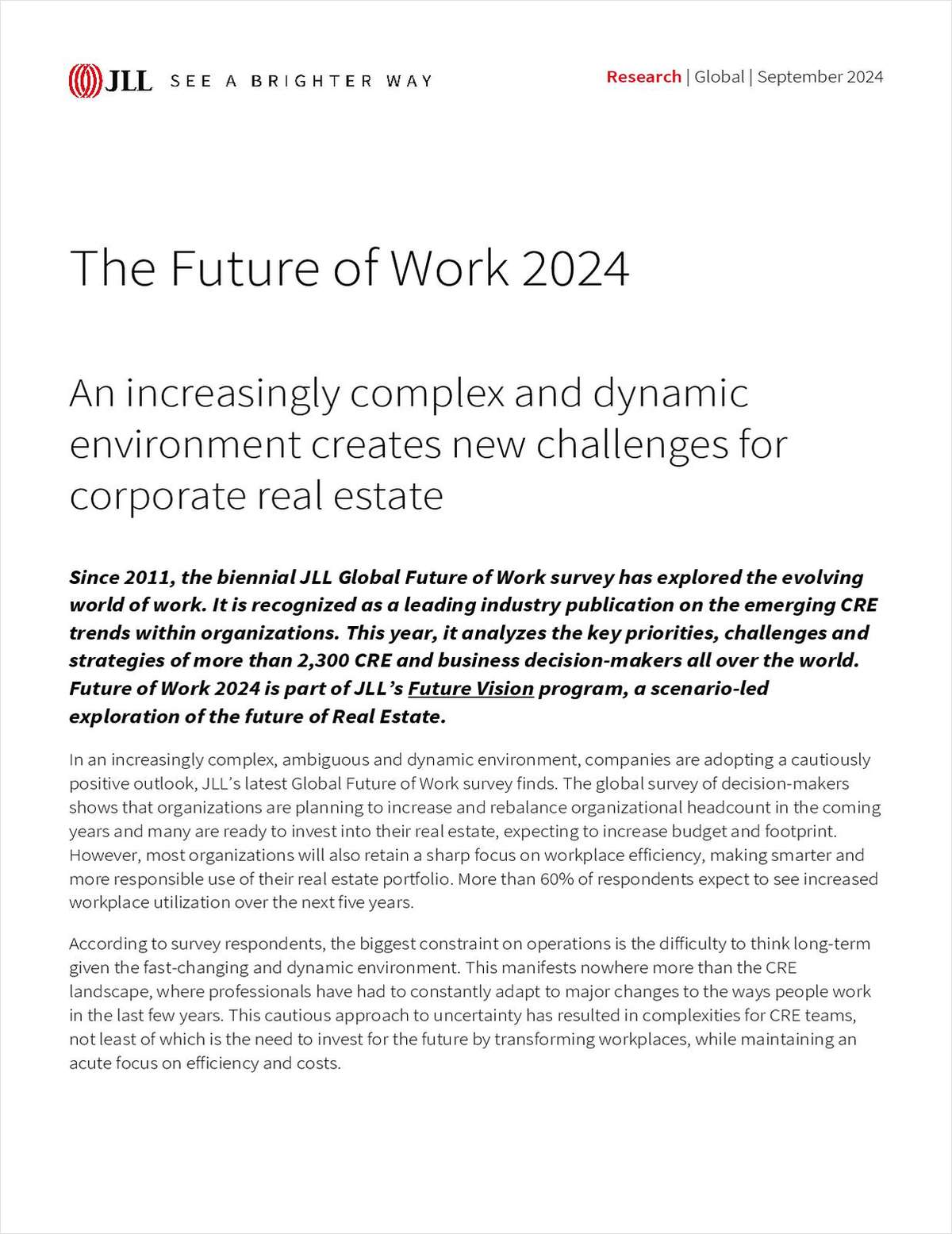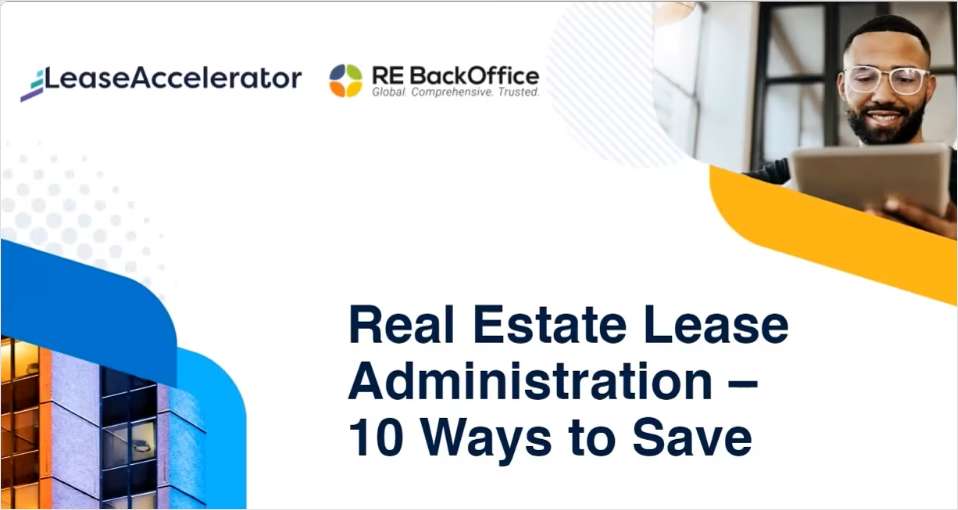CHICAGO—MJ Partners just published its latest quarterly overview of the self-storage industry, and once again the study shows that the top four self-storage REITs in the sector have maintained very healthy levels of occupancy and rental increases. Furthermore, cap rates for the properties can't seem to stop falling as investors compete for acquisitions and new development can't seem to get started.
“In the last 12 months, the cap rates have fallen about 100 bps,” Marc A. Boorstein, a principal of Chicago-based firm, tells GlobeSt.com. “And we thought the rates were aggressive 12 months ago. But there's still not a lot of new development in the business.”
The publicly-listed REIT Public Storage, the largest storage firm with 2,200 US sites, had an implied cap rate of just 4.3%. Extra Space Storage, CubeSmart and Sovran Self-Storage were between 5.1% and 6.4%.
“Everyone is enjoying high occupancy and rental rates,” he adds, even the Mom-and-Pop outlets that sometimes don't have access to the management tools found in the bigger operators. “But we have not seen self-storage development commensurate with the results.”
The data from MJ Partners' latest Self Storage Market Overview show that the top four self-storage firms all saw revenue increases between 5.1% and 8.3% for first quarter. Furthermore, the NOIs of each grew as well, ranging from 5.6% to 9.4%.
The researchers also found strong customer demand and some robust acquisition activity. Occupancy rates ranged from 88.9% to 92.6%. During the first quarter, Extra Space Storage, which now has 1,052 sites in the US, acquired another 21 properties for about $249.7 million. Seventeen of the properties acquired were in the $213.8 million Mini Price Storage portfolio in Virginia, consisting of 1.5-million-square-feet, 14,000 units, and occupancy of 90%.
“The lack of development is making existing properties more valuable,” Boorstein adds. Many developers of self-storage properties still find it difficult to obtain financing since lenders sometimes see new projects, which always have 0% occupancy when they first open, as speculative. “There are plenty of lenders, but most will do only one property at a time,” and what the sector lacks are people who will establish $100 million funds solely for development.
Boorstein says that all of the signs point to another healthy year for self-storage. “Some of Public Storage's sites in Chicago have a 99% occupancy, and it has a 92.6% rate in its entire portfolio, and we are not even at the peak season yet.”
He believes, however, that the word is getting out. “I would say I get a call every other day from an investor who will tell me, 'these returns, we just can't ignore them anymore.'”
Want to continue reading?
Become a Free ALM Digital Reader.
Once you are an ALM Digital Member, you’ll receive:
- Breaking commercial real estate news and analysis, on-site and via our newsletters and custom alerts
- Educational webcasts, white papers, and ebooks from industry thought leaders
- Critical coverage of the property casualty insurance and financial advisory markets on our other ALM sites, PropertyCasualty360 and ThinkAdvisor
Already have an account? Sign In Now
*May exclude premium content© 2024 ALM Global, LLC, All Rights Reserved. Request academic re-use from www.copyright.com. All other uses, submit a request to [email protected]. For more information visit Asset & Logo Licensing.








